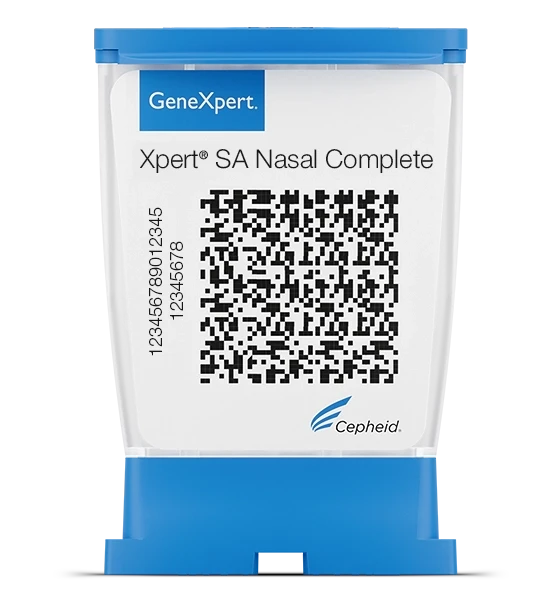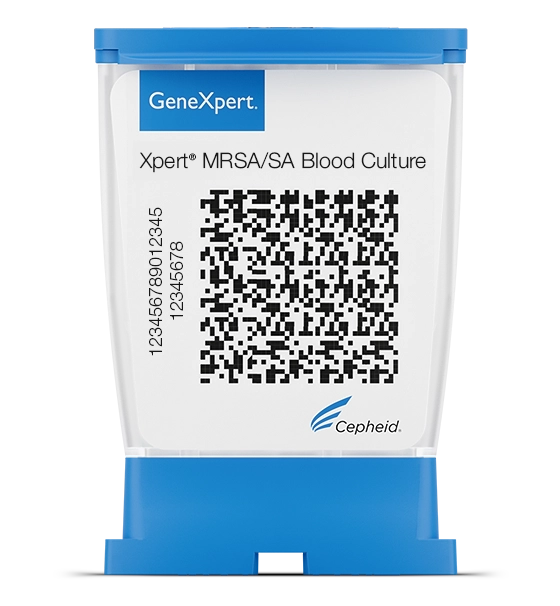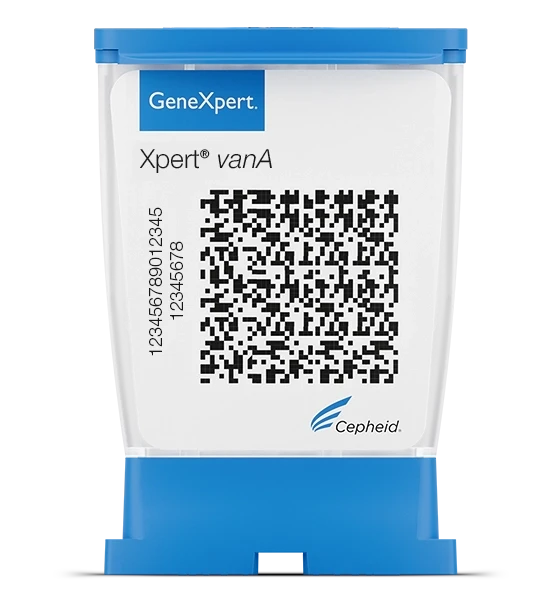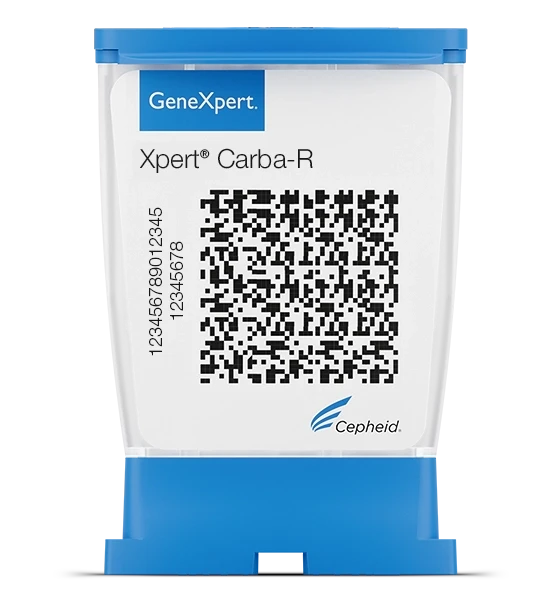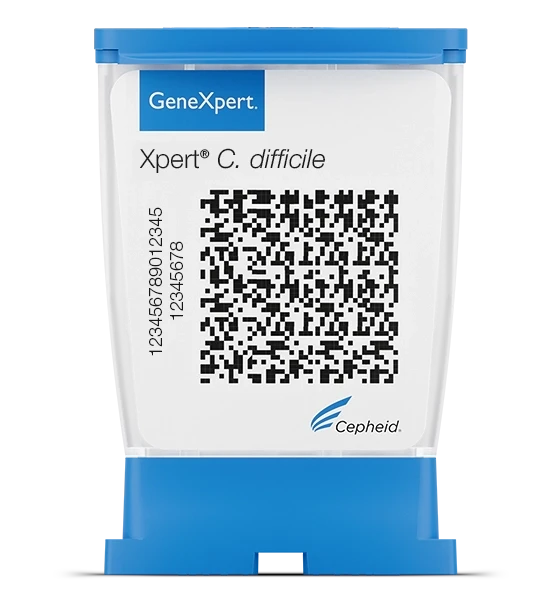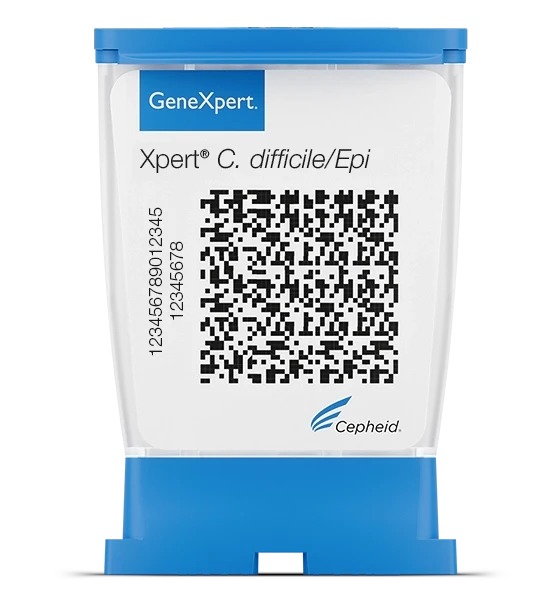
Xpert®C. difficile/Epi
Détection d’infection à Clostridioïde difficile avec identification indépendante de la souche 027 en 45 minutes
Pour afficher les prix, connectez-vous ou créez un compte MyCepheid.
Taille du coffret test

10 tests
GXCDIFF/EPI-10
Qté
Prix unitaire
Sous-total
USD
Le produit n’est pas disponible à l’achat dans votre région.
Dispositifs de prélèvement

Dispositif de prélèvement (boîte de 50)
900-0370
Qté
Prix unitaire
Sous-total
USD
Le produit n’est pas disponible à l’achat dans votre région.
Total
{{currency}}
0
Erreur lors de l’ajout d’articles au panier. Si cette erreur persiste, veuillez communiquer avec le soutien numérique.
Le besoin
De nombreuses épidémies provoquées par la souche épidémique de C. difficile (souche 027/NAP1/BI) soulignent la nécessité d’une différenciation rapide et précise des souches de C. difficile 027/NAP1/BI afin de garder une longueur d’avance sur une épidémie.
- Risque plus élevé de contamination croisée avec la souche 027/NAP1/BI grâce à une sporulation plus efficace1,2,3
- La souche 027/NAP1/BI a été identifiée comme une cause d’épidémies dans le monde4,5,6,7,8
- Les coûts supplémentaires dus à l’infection à C. difficile peuvent s’élever à 7 179 USD9 par patient
1. ÅkerlundT, et al. Increased Sporulation Rate of Epidemic Clostridium difficile Type 027/NAP1. J Clin Microbiol. Avril 2008, 46 (4) 1530-1533.
2. Warny M, et al. Toxin production by an emerging strain of Clostridium difficile associated with outbreaks of severe disease in North America and Europe. Lancet. 2005 Sept24. -30;366(9491):1079-84.
3. Bartlett JG. Narrative review: the new epidemic of Clostridium difficile-associated enteric disease. Ann Intern Med. 21 nov 2006;145(10):758-64.
4. Kallen AJ, et al. Complete restriction of fluoroquinolone use to control an outbreak of Clostridium difficile infection at a community hospital. Infect Control Hosp Epidemiol. 2009 Mars;30(3):264-72.
5. Kuijper EJ, et al. Update of Clostridium difficile-associated Disease due to PCR Ribotype 027 in Europe. Eurosurveillance. Apr–Jun 2007. 12(3-6):163-166.
6. Muto CA, et al. Control of an outbreak of infection with the hypervirulent Clostridium difficile BI strain in a university hospital using a comprehensive "bundle" approach. Clin Infect Dis. 15 nov 2007;45(10):1266-73.
7. McDonald LC, et al. An Epidemic, Toxin Gene-variant Strain of Clostridium difficile. N Engl J Med. 8 déc. 2005 ;353(23):2433-41.
8. Loo VG, et al. A predominantly clonal multi-institutional outbreak of Clostridium difficile-associated diarrhea with high morbidity and mortality. N Engl J Med. 2005 Déc 8;353(23):2442
9. Jarvis WR, et al. National Point Prevalence of Clostridium difficile in US Health Care Facility Inpatients, 2008. Am J Infect Control. 2009 May;37(4):263-70.
10. Notice d’utilisation du test Xpert® C. difficile/Epi. 300-9680, Rév. J. Avr. 2020.
2. Warny M, et al. Toxin production by an emerging strain of Clostridium difficile associated with outbreaks of severe disease in North America and Europe. Lancet. 2005 Sept24. -30;366(9491):1079-84.
3. Bartlett JG. Narrative review: the new epidemic of Clostridium difficile-associated enteric disease. Ann Intern Med. 21 nov 2006;145(10):758-64.
4. Kallen AJ, et al. Complete restriction of fluoroquinolone use to control an outbreak of Clostridium difficile infection at a community hospital. Infect Control Hosp Epidemiol. 2009 Mars;30(3):264-72.
5. Kuijper EJ, et al. Update of Clostridium difficile-associated Disease due to PCR Ribotype 027 in Europe. Eurosurveillance. Apr–Jun 2007. 12(3-6):163-166.
6. Muto CA, et al. Control of an outbreak of infection with the hypervirulent Clostridium difficile BI strain in a university hospital using a comprehensive "bundle" approach. Clin Infect Dis. 15 nov 2007;45(10):1266-73.
7. McDonald LC, et al. An Epidemic, Toxin Gene-variant Strain of Clostridium difficile. N Engl J Med. 8 déc. 2005 ;353(23):2433-41.
8. Loo VG, et al. A predominantly clonal multi-institutional outbreak of Clostridium difficile-associated diarrhea with high morbidity and mortality. N Engl J Med. 2005 Déc 8;353(23):2442
9. Jarvis WR, et al. National Point Prevalence of Clostridium difficile in US Health Care Facility Inpatients, 2008. Am J Infect Control. 2009 May;37(4):263-70.
10. Notice d’utilisation du test Xpert® C. difficile/Epi. 300-9680, Rév. J. Avr. 2020.
La solution
Le test Xpert C. difficile/Epi est le premier test disponible dans le commerce au monde à détecter et différencier la souche épidémique de C. difficile (027/NAP1/BI). Grâce à l’identification rapide et précise des souches épidémiques, les professionnels de la lutte contre les infections peuvent garder une longueur d’avance sur toute situation d’épidémie potentielle.
- Conception multiplex innovante permettant la détection de l’infection à C. difficile (ICD) et l’identification de la souche 027/NAP1/BI dans une seule cartouche
- L’analyse à la demande d’échantillons provenant de patients suspectés d’être atteints d’une ICD fournit des données de surveillance épidémiologique à la demande que les cliniciens peuvent exploiter
- La surveillance et le signalement de la souche épidémique permettent aux cliniciens d’améliorer les efforts de lutte contre les infections





